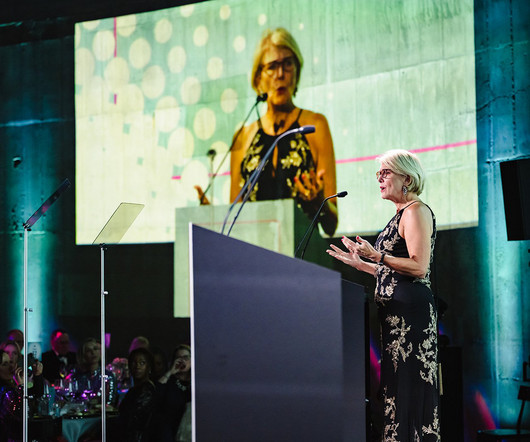How Do I Figure Out My Blind Spot and Hidden Motivations? #AskingForaFriend
Let's Grow Leaders
FEBRUARY 2, 2024
Practical Advice to Deal with a Blind Spot and Make it Work For You How do you become aware of a blind spot in your leadership? Embrace the idea that diverse cognitive styles, such as those of the operator, strategist, rainmaker, visionary, tech futurist, and orchestrator, are all crucial for a balanced and effective team.













Let's personalize your content